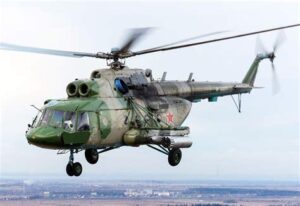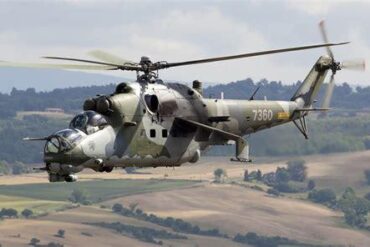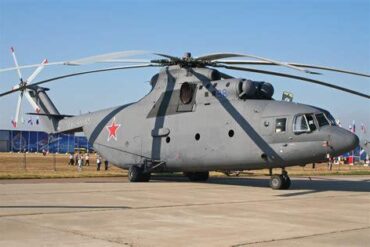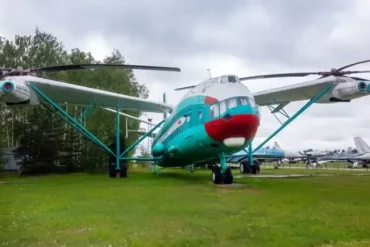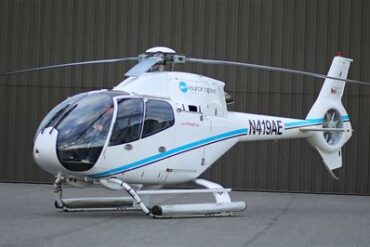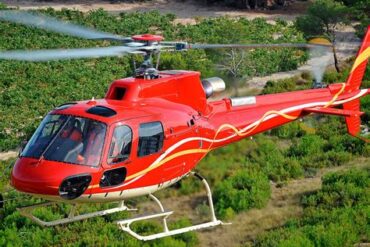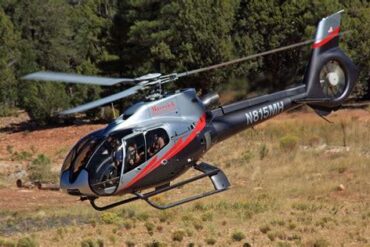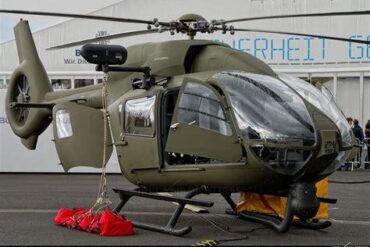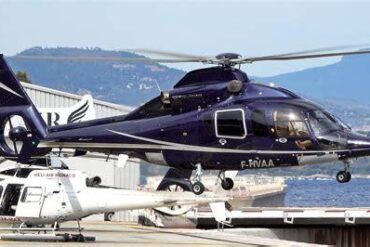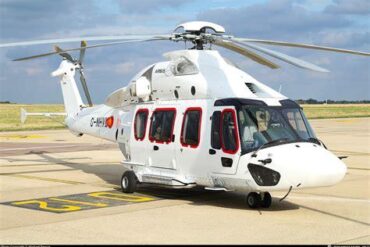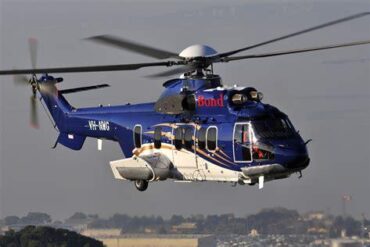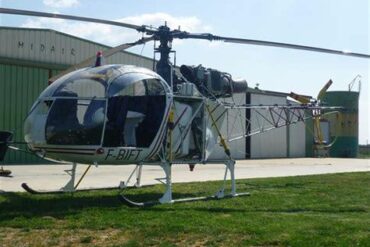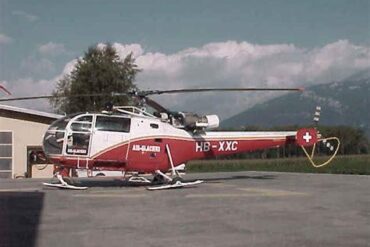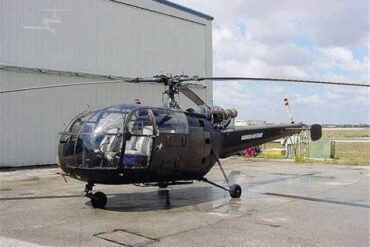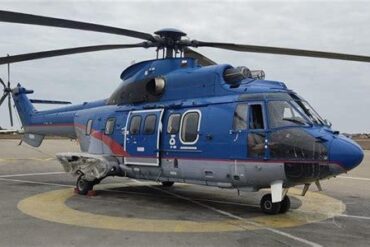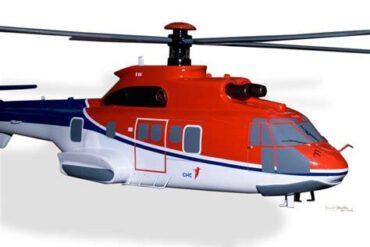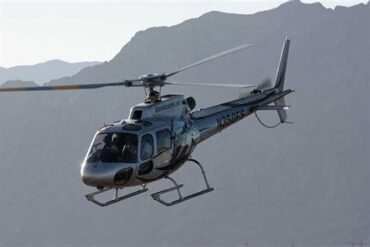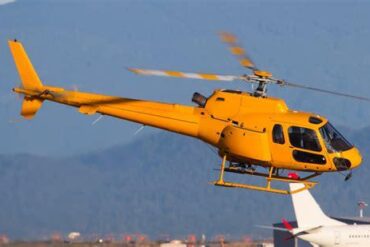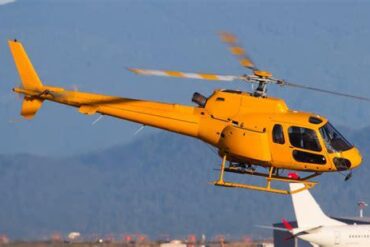The Mil Mi-17 is a versatile, twin-engine helicopter developed by the Mil Moscow Helicopter Plant in the 1970s. Known for its robustness and reliability, it is widely used in various roles, including transportation, medical evacuation, search and rescue, and military operations. Understanding the price and operating costs associated with the Mi-17 is crucial for organizations considering its procurement for diverse applications. This article delves into the specifics of the Mi-17’s pricing, its operational efficiency, and the factors influencing its total cost of ownership.
Overview of the Mil Mi-17
The Mil Mi-17 is an enhanced version of the Mi-8 helicopter and boasts several improvements in performance and operational capabilities. Its maximum takeoff weight can reach up to 13,000 kg, and it can carry a payload of approximately 4,000 kg. The Mi-17 features a spacious cabin that accommodates up to 24 passengers or various cargo configurations, making it exceptionally adaptable to different mission requirements. With a cruise speed of around 260 km/h and a range of 500 km, it stands out as an efficient rotorcraft for both civil and military purposes.
Technical Specifications
| Feature | Specification |
|---|---|
| Length | 18.17 m |
| Height | 4.76 m |
| Rotor Diameter | 21.29 m |
| Maximum Speed | 280 km/h |
| Range | 500 km |
| Service Ceiling | 6,000 m |
| Engine | 2 × TV3-117VM turboshaft |
| Power Output | 2 × 1,600 shp |
The Mil Mi-17 is equipped with advanced avionics and navigation systems, ensuring effective operation in various environmental conditions. Additionally, it can be outfitted with armaments for combat roles, enhancing its versatility in military applications.
Acquisition Cost of the Mil Mi-17
The acquisition cost of a Mil Mi-17 helicopter can vary significantly based on several factors, including the model variant, configuration, and the purchase agreement’s terms. As of 2023, the price range for a new Mi-17 helicopter is approximately $4 million to $6 million. This price is influenced by the following factors:
1. Model Variants
There are several variants of the Mi-17, including the Mi-17V-5, which is designed for military operations, and the Mi-171, which caters to civilian needs. Each variant comes with different specifications, capabilities, and associated costs. For instance, military variants may include additional equipment and features that increase the overall price.
2. Configuration Options
The configuration of the helicopter also plays a crucial role in determining the price. Organizations may opt for specific modifications, such as advanced avionics, enhanced communication systems, or specialized cargo handling equipment. These customizations can significantly impact the initial purchase price.
3. Purchase Agreements
The terms of the purchase agreement can further influence the cost. Governments and large organizations often negotiate bulk purchase agreements, leading to reduced unit costs. Additionally, factors like financing options, maintenance packages, and training programs may be included in the contract, affecting the total acquisition cost.
Operating Costs of the Mil Mi-17
Understanding the operating costs associated with the Mi-17 is essential for organizations looking to manage their budgets effectively. These costs encompass various factors, including maintenance, fuel, crew salaries, and insurance.
1. Fuel Costs
The fuel efficiency of the Mil Mi-17 is a significant factor in its operating costs. The helicopter consumes approximately 600 to 800 liters of fuel per hour of flight, depending on the mission profile and payload. With an average fuel cost of $0.70 to $1.00 per liter, organizations can expect to spend between $420 to $800 per flight hour on fuel alone.
2. Maintenance Costs
Maintenance is a critical component of the operating costs. The Mil Mi-17 requires regular inspections, component replacements, and repairs to ensure operational readiness. On average, maintenance costs for the Mi-17 can range from $1,200 to $1,500 per flight hour. These costs may include:
-
Routine maintenance: Regular checks and preventive measures to keep the helicopter in optimal condition.
-
Overhaul costs: Major repairs or replacements of critical components, which can be substantial and should be planned in advance.
3. Crew Salaries
The operational team required to operate the Mil Mi-17 includes pilots, co-pilots, and ground crew. The salaries of qualified personnel can vary by region and experience level. On average, the annual salary for a pilot may range from $70,000 to $120,000, depending on their qualifications and the complexity of the missions. Ground crew salaries may add an additional $30,000 to $60,000 per year, contributing to the overall operating costs.
4. Insurance Costs
Insurance is another important factor in the overall operating costs. Organizations operating the Mi-17 typically incur insurance premiums that can range from $10,000 to $20,000 per year, depending on the operational risks, geographical location, and the insurance provider. This cost is essential for mitigating potential liabilities associated with helicopter operations.
5. Total Cost of Ownership
When evaluating the total cost of ownership (TCO) for the Mil Mi-17, organizations should consider all these operational costs over the helicopter’s expected lifespan. Given the average lifespan of a Mil Mi-17 helicopter can be up to 30 years, an organization can expect to spend an estimated $6 million to $8 million over the helicopter’s lifetime when considering fuel, maintenance, crew salaries, and insurance. This calculation highlights the importance of thorough financial planning for organizations utilizing the Mi-17.
Factors Affecting Operating Costs
Several external and internal factors can influence the operating costs of the Mil Mi-17. Understanding these factors can help organizations manage their budgets and optimize operational efficiency.
1. Geographic Location
The region in which the Mil Mi-17 operates can significantly impact operating costs. Factors such as fuel availability, labor costs, and regulatory requirements vary from one location to another, affecting the overall expenses associated with operating the helicopter.
2. Mission Profile
The specific mission profiles undertaken by the Mil Mi-17 will also influence its operating costs. For example, search and rescue missions may require additional equipment and training, leading to increased expenses. Similarly, long-distance transport missions may incur higher fuel costs due to longer flight times.
3. Utilization Rate
The utilization rate of the helicopter is another critical factor in determining operating costs. Higher utilization rates may lead to increased wear and tear on components, necessitating more frequent maintenance and repairs. Organizations should analyze their operational needs to strike a balance between maximizing utilization and managing maintenance schedules effectively.
4. Maintenance Practices
Implementing effective maintenance practices can also influence operating costs. Organizations that prioritize preventive maintenance and follow manufacturer guidelines can reduce the likelihood of costly repairs and extend the lifespan of components, ultimately lowering operating costs over time.
Conclusion
The Mil Mi-17 is a robust and versatile helicopter that has proven its worth in various applications around the world. Understanding the price and operating costs associated with the Mi-17 is crucial for organizations considering its acquisition. With an initial purchase price ranging from $4 million to $6 million and estimated operating costs between $6 million and $8 million over its lifetime, careful financial planning is essential. By considering factors such as fuel consumption, maintenance, crew salaries, and insurance, organizations can effectively manage their budgets and maximize the operational efficiency of the Mil Mi-17.
The Mi-17’s reliability, adaptability, and proven performance make it an attractive option for both military and civilian applications, ensuring its continued relevance in the aviation landscape.
